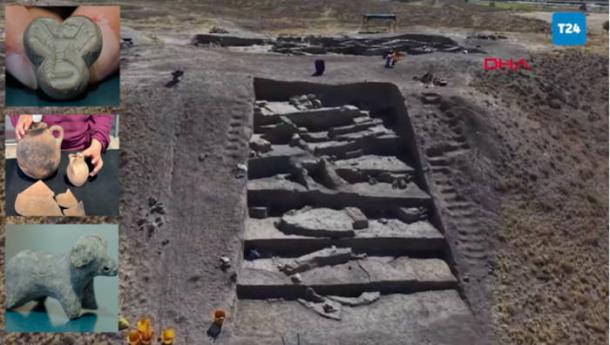🔴 Website 👉 https://u-s-news.com/
Telegram 👉 https://t.me/usnewscom_channel
Archaeological excavations at Konya’s Karahöyük have yielded three remarkable discoveries that are rewriting our understanding of Bronze Age life in central Anatolia. A 3,500-year-old dining set, an enigmatic eagle-headed human seal, and a 2,000-year-old bone pen represent different periods of this ancient settlement’s rich history. These finds, uncovered by Associate Professor Dr. Gonca Dardeniz Arıkan from Istanbul University, offer unprecedented insights into daily life, religious practices, and administrative systems of ancient civilizations that flourished in what is now Turkey’s Konya province.
Located in the Meram district just seven kilometers southeast of Konya city center, Karahöyük covers approximately 30 hectares and has been revealing its secrets since initial excavations began in 1953 under Prof. Dr. Sedat Alp. The site contains 27 cultural layers spanning from the Chalcolithic period through the Late Bronze Age, making it one of Anatolia’s most significant archaeological mounds. The current excavations continue to uncover structures, artifacts, and public buildings that illustrate the region’s complex social and economic evolution.

